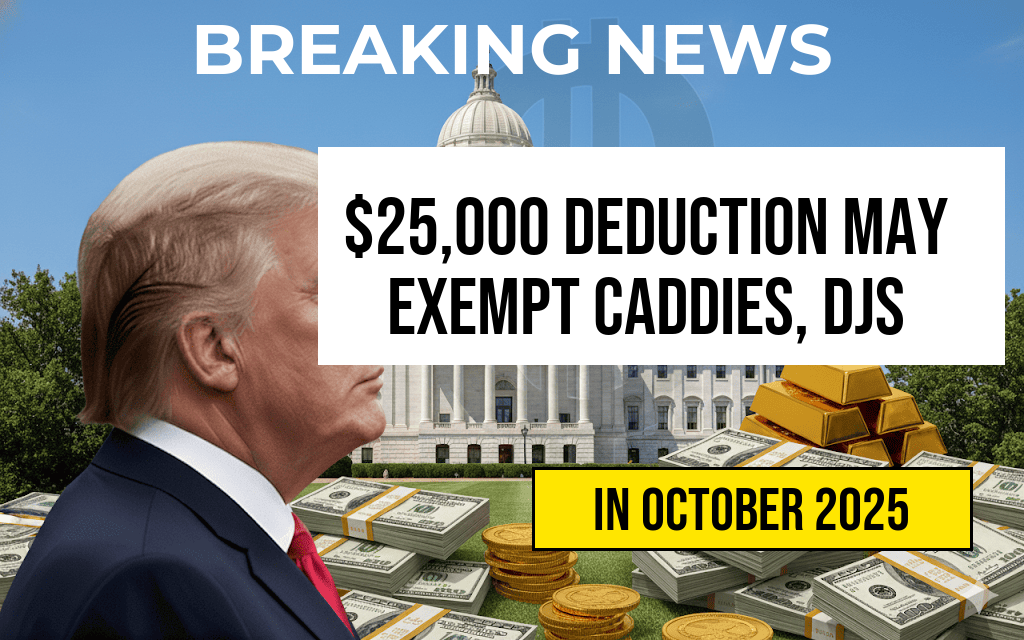The recent analysis of tax reforms introduced during the Trump administration reveals that while the cuts may not be the largest in history, they still offer substantial savings for American families. According to the Tax Policy Center, households with children could benefit significantly, with potential savings of up to $2,200 per child in tax credits. This figure is crucial for families navigating the rising costs of living, especially amid ongoing economic challenges. The Child Tax Credit (CTC), a key component of these reforms, has been a focal point of discussion among policymakers and economists alike. With the expiration of certain provisions from the 2017 Tax Cuts and Jobs Act approaching, many families are anxious about how these changes will impact their financial well-being.
Understanding the Child Tax Credit
The Child Tax Credit was expanded as part of the Trump tax cuts implemented in 2017. This initiative aimed to support families by alleviating some of the financial burdens associated with raising children. The current structure allows families to claim up to $2,000 for each qualifying child under the age of 17, with up to $1,400 of that amount refundable. This means that even families who do not owe federal income tax can still receive a refund based on the credit.
Key Benefits of the Tax Credit
- Increased Refundability: The refundable portion of the credit provides a financial cushion for lower-income families.
- Broader Eligibility: More families qualify for the credit due to increased income thresholds.
- Direct Financial Relief: The tax credit directly reduces the amount of tax owed, thus providing immediate relief to families.
Current Economic Landscape
As inflation continues to affect everyday expenses, the Child Tax Credit remains a vital resource for many households. The Economic Policy Institute reports that the cost of living has outpaced wage growth in recent years, making tax relief measures increasingly necessary. Families are utilizing the tax credit not only to cover basic necessities but also to save for education and future expenses.
Comparative Analysis of Past and Present Tax Cuts
| Year | Amount per Child | Refundable Amount |
|---|---|---|
| 2017 | $1,000 | $1,000 |
| 2018 | $2,000 | $1,400 |
| 2023 | $2,000 | $1,400 |
Future of the Child Tax Credit
As discussions about tax reform continue, the future of the Child Tax Credit is uncertain. While some lawmakers advocate for extending the current provisions, others suggest modifications to target families more effectively. The expiration of the original provisions in 2025 raises questions about the sustainability of these benefits. Advocates argue that maintaining or expanding the credit is essential for supporting family stability and economic growth.
Potential Legislative Changes
- Extension of Current Benefits: Some proposals aim to prolong the existing tax credits beyond their scheduled expiration.
- Increased Refundable Amount: Advocates are pushing for higher refundable limits to assist families with lower incomes.
- Adjustments for Inflation: Suggestions have been made to index the credit to inflation to ensure its value remains relevant over time.
In summary, while the Trump tax cut may not be the most expansive in history, it has undeniably provided significant financial relief to many families across the United States. As the expiration date of certain tax provisions looms, families and lawmakers alike are keenly aware of the implications for future tax policy. Maintaining the Child Tax Credit, along with potential enhancements, remains a priority as families navigate an increasingly challenging economic landscape.
For more information on the Child Tax Credit and its benefits, visit Tax Policy Center or IRS Child Tax Credit.
Frequently Asked Questions
What is the significance of the Trump tax cut for families?
The Trump tax cut is significant for families as it may lead to potential savings of up to $2,200 per child, despite not being the largest tax cut ever implemented.
How much can families expect to save per child?
Families could save around $2,200 for each child under the provisions of the tax cut, providing financial relief to many households.
Is the Trump tax cut the largest tax cut in history?
No, the Trump tax cut is not considered the largest tax cut in history; however, it still offers meaningful savings for families with children.
What factors contribute to the savings from the Trump tax cut?
The savings from the Trump tax cut are influenced by various factors, including increased tax credits and adjustments to tax brackets that benefit families with children.
Are there any eligibility requirements for families to benefit from the tax cut?
Yes, families must meet certain criteria, such as income limits and the number of qualifying children, to take full advantage of the Trump tax cut benefits.






